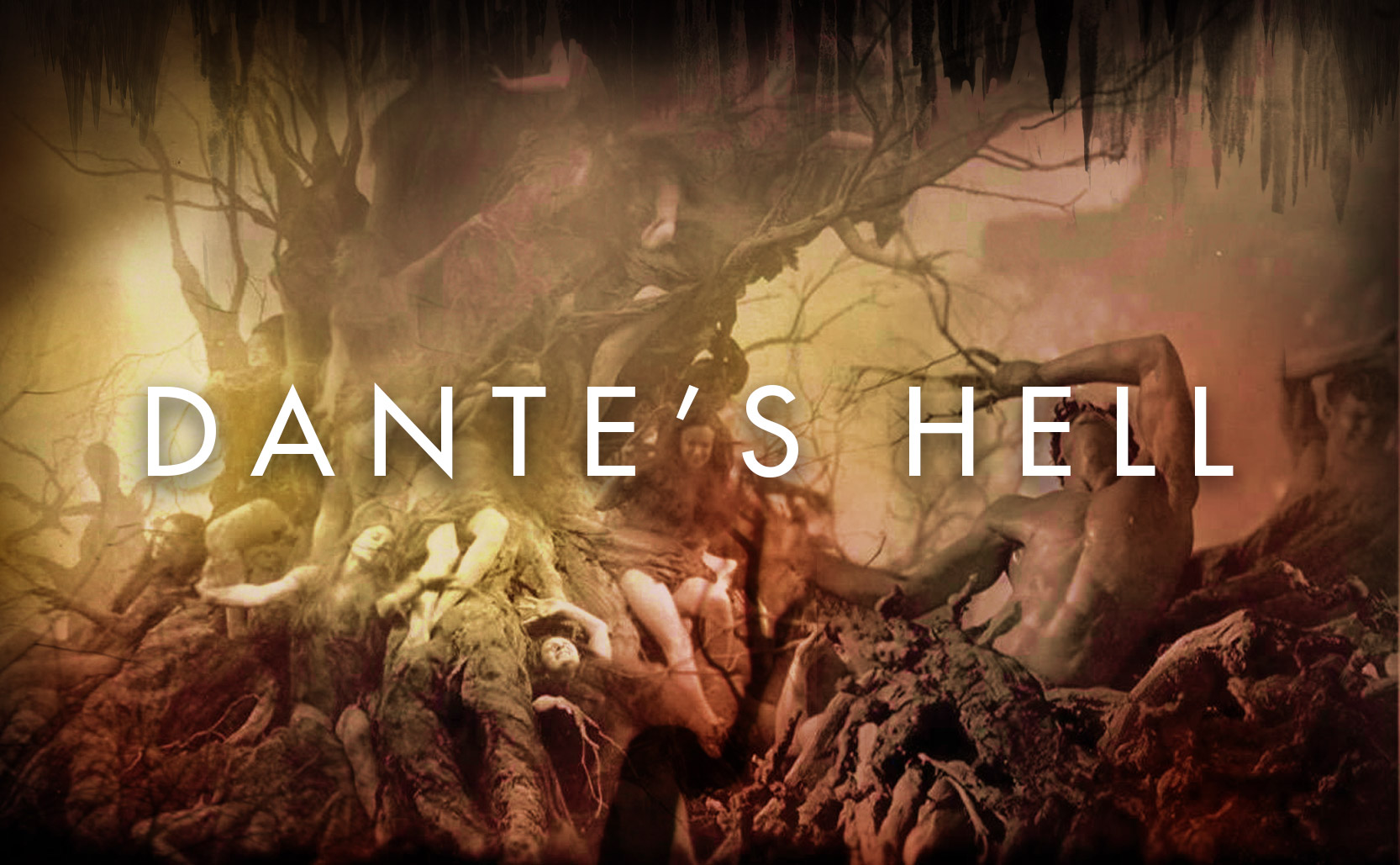Saddam Hussein’s Romance Novel
Zabibah and the King is a romance novel written by Saddam Hussein
When former president/dictator of Iraq Saddam Hussein wasn’t busy ruling/committing genocide, he found time for the arts. Between 2000-2003 he published four historical novels, all fiction, all written either by Saddam or written by ghostwriters under his direction. Three of the novels take place in the distant past of Iraq while 2002’s Men and the City takes place in the near past telling a fictionalized history of Saddam’s relatives fighting the Turks.
Zabibah and the King
It is 2000’s Zabibah and the King that is of particular interest. Zabibah and the King is a romance novel written by Saddam Hussein. On its surface the book is about King Arab of medieval Iraq, a beautiful commoner woman named Zabibah, and Zabibah’s abusive husband. The book is written as if an elderly woman is telling the story to a group of children, but there are large sections where Saddam is clearly airing his personal grievances that seem out of place if an elderly woman is telling them to children. As for the plot, when the King and Zabibah meet they mostly just talk about political theory, religion, and the best way to rule a country.
Eventually the abusive husband gets jealous that his wife is spending so much time with the King. He exacts his revenge by raping Zabidah and eventually teams up with the ruler of an enemy kingdom to wage war on King Arab. In the end Zabibah and her husband die in battle against one another, King Arab dies later, and when he dies he leaves the kingdom in the hands of a democratic council (which had been Zabibah’s idea) and the country prospers. Oh and also there is a whole section about bestiality between a bear and a herdsman which, again, is supposedly being told by an old woman to children.
Thinly veiled is the fact that Zabibah and the King is an allegory. The King represents Saddam himself, Zabibah is the people of Iraq, Zabibah’s rapist husband is the United States, and the enemy kingdom who help to wage war is Israel. Also the bear involved in the bestiality might represent Russian forces in some way. The book is Saddam laying-out his worldview, it’s about the United States’ 1991 invasion of Iraq during the Gulf War, and ultimately it’s a soapbox for Saddam to complain about things.
The book is not good but “remarkably” it was a bestseller in Iraq. Also Saddam used a 1998 painting titled The Awakening by Jonathon Bowser for the book cover, but never got permission from the artist.
Added info: Be sure to check out Saddam’s Goodreads author profile for more of his work and a very generous biography of him. Also there is a great Behind the Bastards episode on Saddam and his erotic literature.





